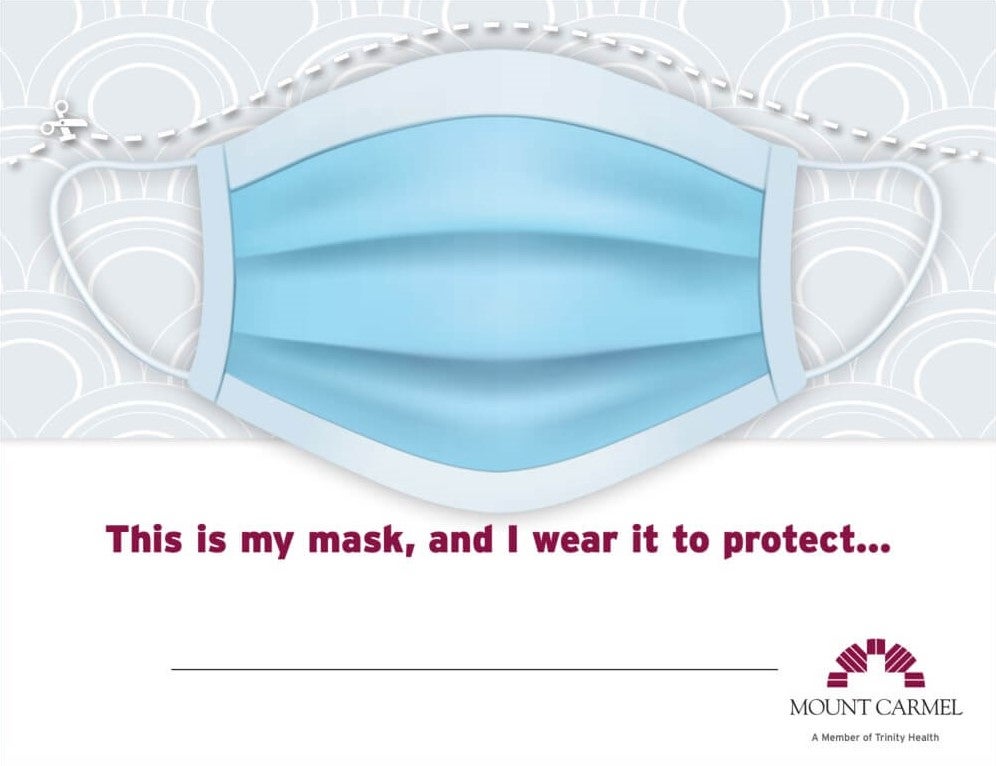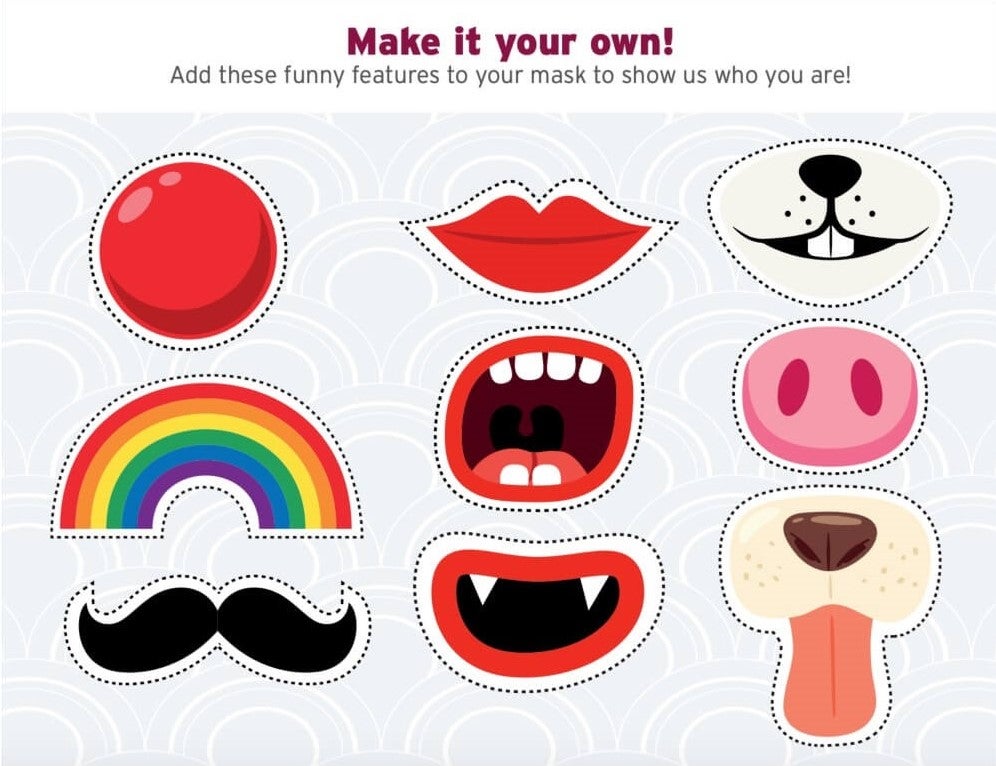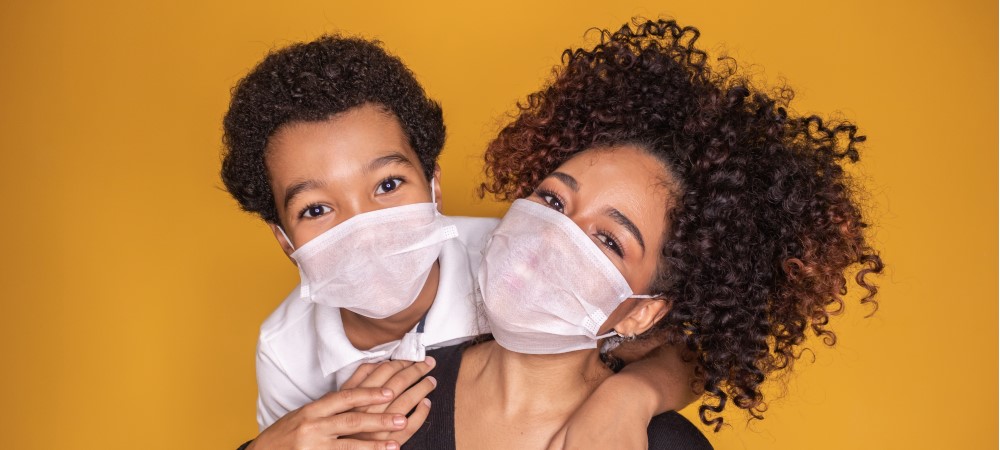As challenging as the COVID-19 pandemic has been for us as adults, imagine how odd, confusing, and even scary it might be for children. They’re used to their world being fairly consistent and generally safe, but over the last six months it’s been thrown into chaos a bit.
No school, cancelled activities and limited access to family and friends are big disruptions to be sure, but with some empathy and education from us, they can come to terms with the pandemic and maybe even learn and grow a little, too.
The Ohio Department of Health recommends that parents and others who work with young people strive to help them feel understood, empowered, and hopeful, and has shared the following guidelines to help us do that.
- Reassure children that they are safe and let them know it’s OK if they feel upset. Help them label strong emotions and understand how those emotions might drive them to act in unhelpful ways.
- Discuss with children the importance of washing their hands often, coughing into their elbow or a tissue, getting enough sleep. Set a good example by following those guidelines yourself.
- Wear a cloth face covering in public settings and when you’re around people who don’t live in your household, especially when other social distancing measures are difficult to maintain. If your children are over the age of 2, make sure they wear one, too, unless they have a health or breathing issue that precludes it.
- Teach them how cloth face coverings are a way for us to show how much we care about one another and how they can protect all of us by preventing people who have COVID-19 from spreading it to others. If you're looking for a fun way to talk to your kids about the importance of masking, visit this page to print a mask-decorating activity.
- Remind children that doctors and healthcare workers are learning as much as they can about the virus as quickly as possible and are doing what they can to keep everyone safe.
- Limit children’s exposure to media coverage of the pandemic. Discuss what they are hearing on the news or through social media and correct any misinformation or rumors you may hear. Keep young children away from frightening images they may see on TV, social media, computers, etc.
- Discuss examples of people, including young people, who are trying to help others during the pandemic or sharing messages of hope. Participate in a community response, like writing encouraging messages in chalk on the sidewalk or decorating windows.


click here to download your mask activity
There’s no question 2020 has been a difficult year and one our kids will probably never forget, but we can make some of those memories good by teaching them thoughtfully and honestly about the pandemic and showing them as much understanding and compassion as we can. And giving ourselves a little, too.

